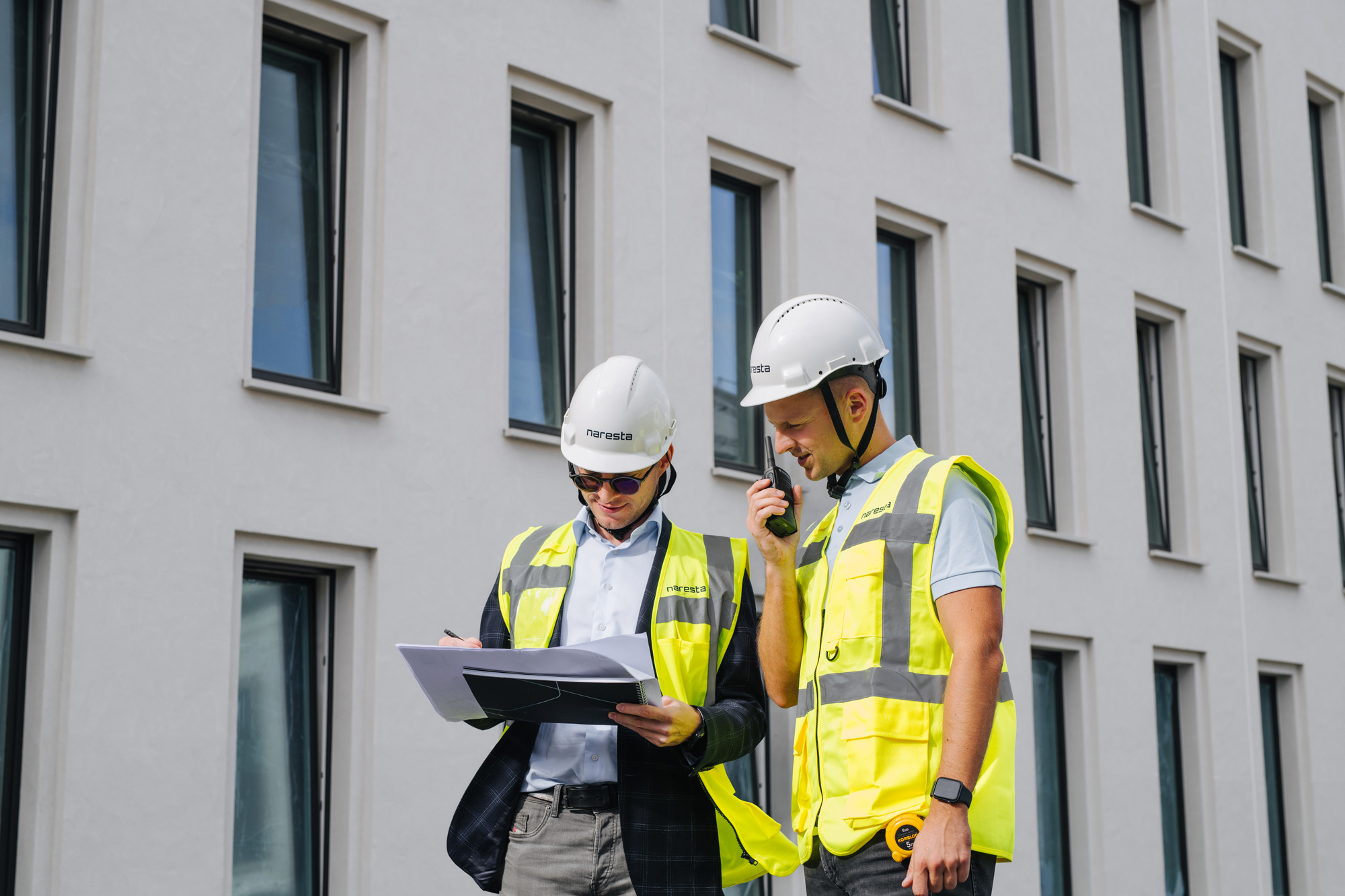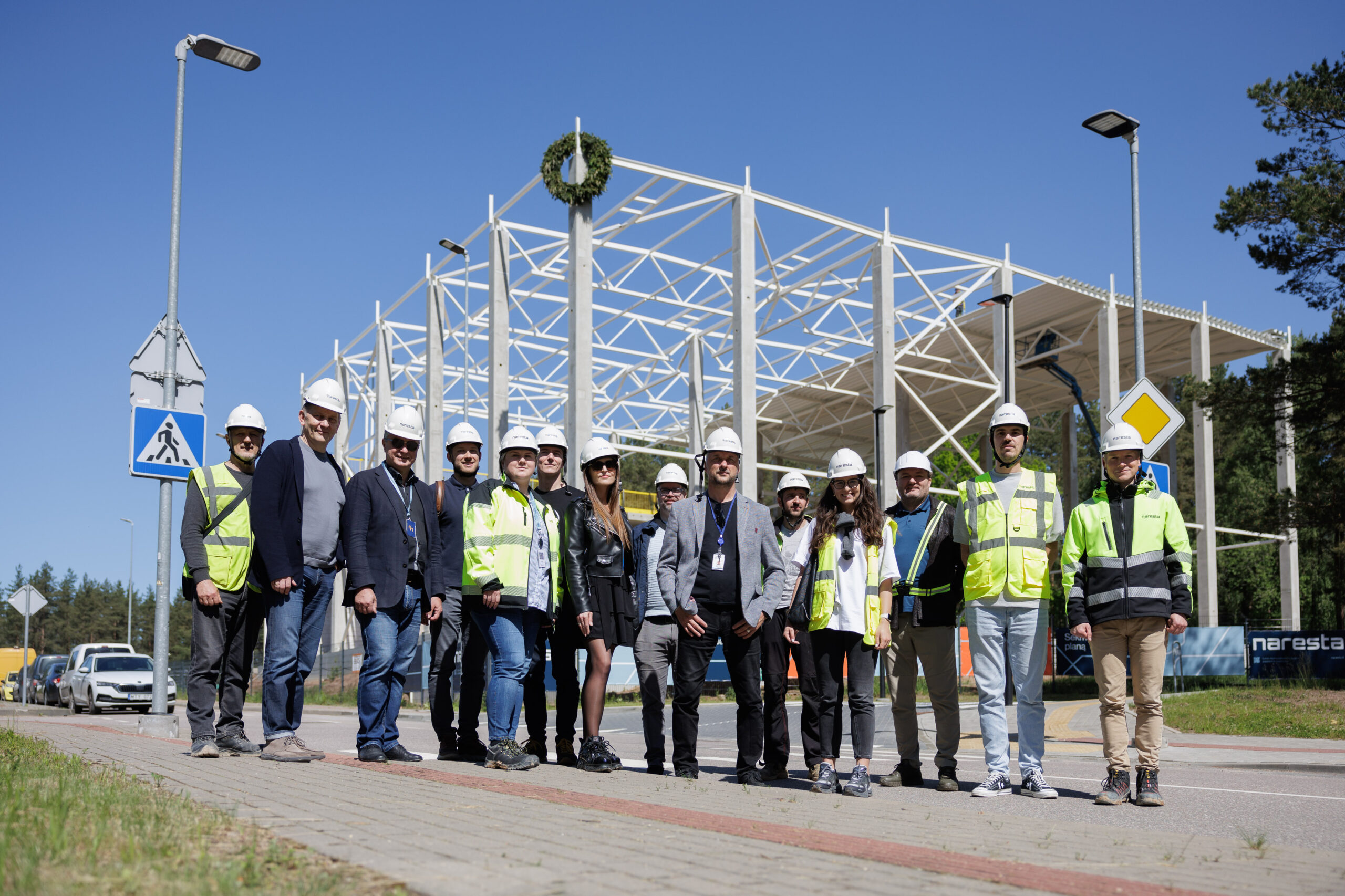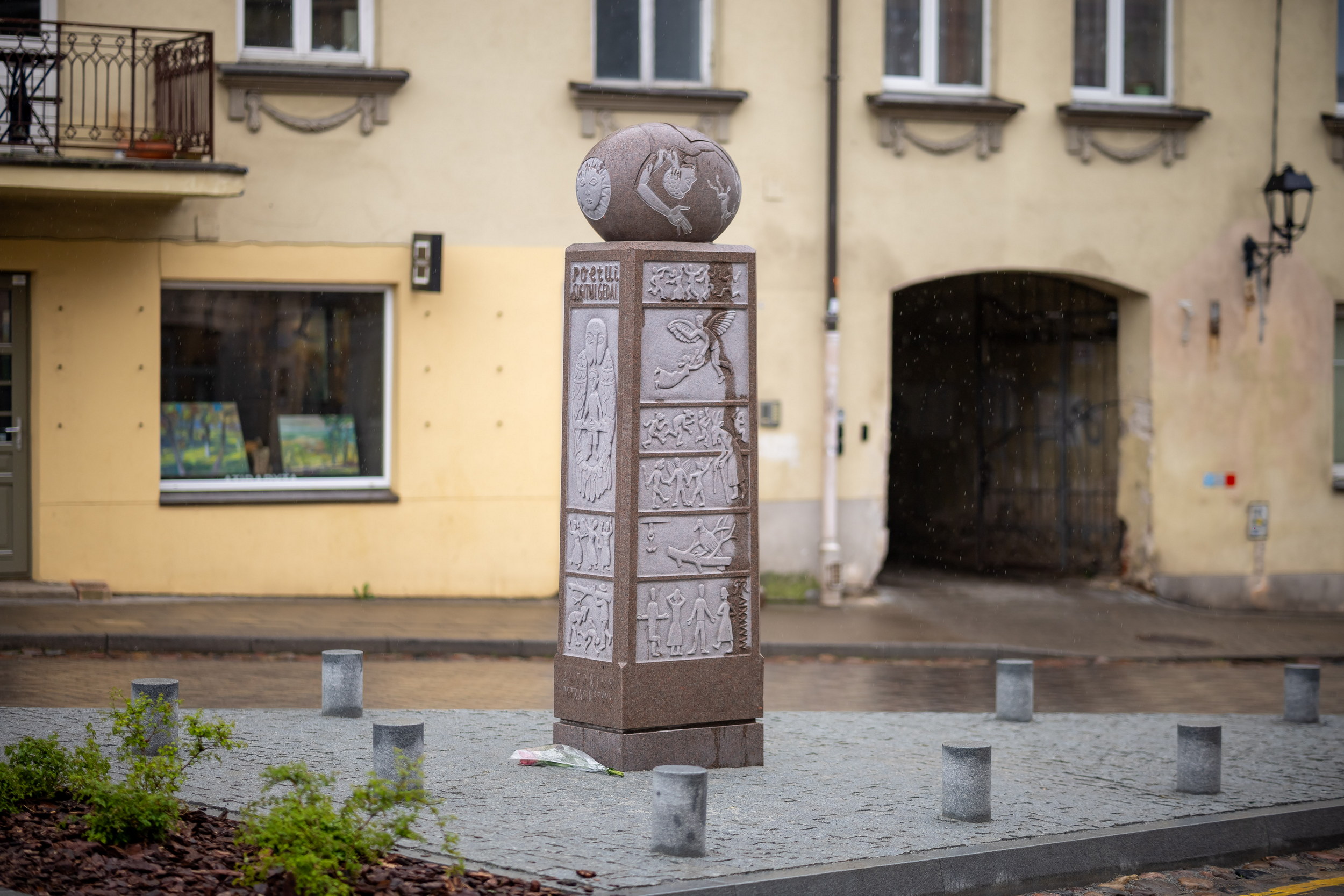
We are learning to calculate the CO2 footprint
Perhaps the most important and innovative thing for our market is to learn how to calculate the CO2 footprint of our activities. We started doing this some time ago, preparing for the upcoming changes in regulation. For our team it meant a lot of experiments, testing different methodologies and searching for efficiency. We see that data tracking and analysis are changing perceptions: The ability to know the impact of our activities on the environment makes us think and inspires in the team to search for alternative, more sustainable solutions.
The CO2 impact calculation means that we need to assess all emissions from the construction process, including material production, transportation, and carbon dioxide emissions from construction work. It is clear that data processing technologies will play a particularly important role in this process, the implementation of which Lithuanian companies have also started to invest heavily.
However, it is already possible to confidently state that CO2 calculation will change our market: the ability to accurately assess the impact and harm to the environment is likely to influence both changing customer preferences and our own process and material choices.
It is important to discuss and assess the risks in the market so that companies can choose how different calculation methods will lead to different results. A uniform standard would prevent both mistakes and data manipulation.
Increased competition is an opportunity for customers
All participants in the construction market have noticed a decrease in the number of private construction tenders due to geopolitical and economic turbulence in recent years. This means significantly increased competition, a larger number of participants in tenders, and more competitive price offers.
This period is not only a challenge, but also an opportunity for those planning to develop one or another project. When considering these significant upcoming projects, such as the Rheinmetall artillery ammunition factory, the Rūdninkai training ground, and other state-initiated military industry objects, the National Stadium, the concert hall “Tautos namai”, “Akropolis Vingis”, the “Darnu Group” project in Užusienis, the quarter of offices, apartments, shopping, and leisure zones “Horizontai” in the central business district of Vilnius, it is clear that with the growth of demand, competition will decrease once again, leading to a decrease in competitiveness of offers.
We see that the window of opportunity that exists at the moment has already been noticed and chosen to exploit some of the developers.
We also lack the workforce
We see that the trends of labour shortage prevailing in Europe are clearly valid in Lithuania as well. This is confirmed not only by our and other market players’ personal experience, but also by statistics. We recently discussed this topic with experts from the job search platform CVMarket.lt.
“There is a shortage of people working in Lithuania and other EU countries. For several years, there has been a particular shortage of welders and concrete workers. It is also more difficult to find electricians, installers of heating/ventilation systems,” said Raimonda Tatarėlyė, a spokesperson for the company.
According to her, although it has always been common for the most job offers to be published in frequently changing positions in the sales, service, catering, transport or manufacturing sectors, in recent years the construction market ads have also firmly established themselves among the top 10 most open positions.
I will repeat that we need to tackle this problem by working together: Improving the image of the market and working actively with the young generation could become the key to smaller challenges in responding to the need for construction in the future.



